

Kenneth Armitage, Two Seated Figures, 1957 |
||
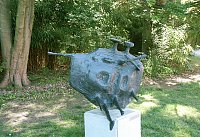
|
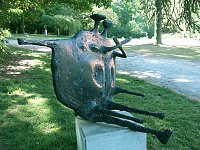
|
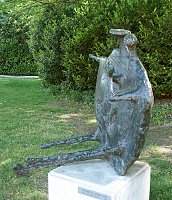
|
Jean Arp, Schalenboom [Tree of Bowls]?, 1947-54 |
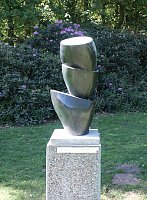
|
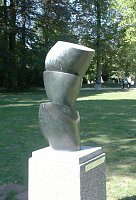
|
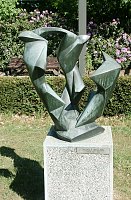
|
Rudolf Belling, Drieklank, 1919 | |
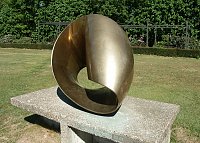
|
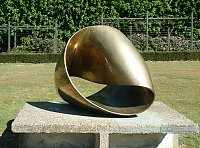
|
Max Bill, Endless Ribbon, 1953-56 |
Charles Despiau, Assia, 1937 |
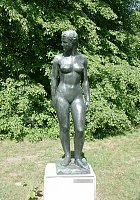
|
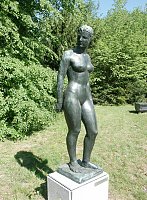
|
 Click here to return to index of art historical sites.
Click here to return to index of art historical sites.
 Click here to return to index of artists and architects.
Click here to return to index of artists and architects.
 Click here to return to chronological index.
Click here to return to chronological index.
 Click here to see the home page of Bluffton University.
Click here to see the home page of Bluffton University.

